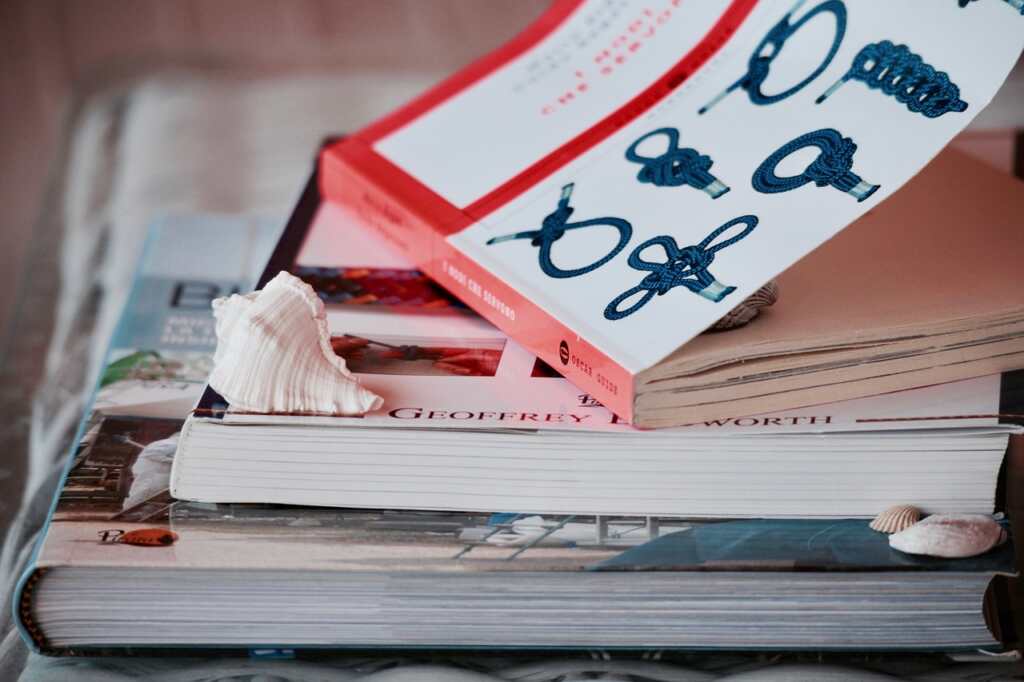As any seasoned boater knows, there are certain skills that are essential for a safe and enjoyable journey on the water. One of these skills is knowing how to tie basic knots. Whether you’re securing your boat to a dock, tying up gear, or creating a towline, having a strong understanding of knots can make all the difference.
In this article, we’ll outline the top 5 knots every boater should know, complete with detailed step-by-step instructions and tips for ensuring a secure hold.
Knot #1 – Bowline Knot
The bowline knot is one of the most commonly used knots in boating. It creates a strong, secure loop that can be easily untied even after it has been under tension. Here’s how to tie a bowline knot:
- Make a small loop near the end of the rope, leaving enough slack for the desired loop size.
- Bring the working end of the rope up through the loop and around the standing part of the rope.
- Pass the working end of the rope back down through the loop.
- Tighten the knot by pulling on both the standing part of the rope and the working end.
The bowline knot is particularly useful for securing a mooring line to a post or ring, as well as for attaching a towline to a boat.
Knot #2 – Cleat Hitch
A cleat hitch is another essential knot for boaters, as it allows you to quickly secure a line to a cleat. Follow these steps to tie a cleat hitch:
- Start by making a round turn around the base of the cleat, crossing the working end over the standing part.
- Take another turn around the opposite horn of the cleat, then cross over the standing part again.
- Wrap the working end tightly around the base of the cleat, creating a figure-eight shape.
- Finish off by tying a half hitch around the standing part of the rope.
When tying a cleat hitch, it’s important to make sure that the wraps are tight and evenly spaced. This knot is especially useful when docking or anchoring your boat.
Knot #3 – Clove Hitch
The clove hitch is a simple and versatile knot that can be used for a variety of purposes, such as securing a fender to a dock or attaching a line to a piling. Here’s how to tie a clove hitch:
- Start by making a loop with the working end of the rope, then pass it over the standing part.
- Bring the working end of the rope back underneath the standing part and wrap it around both the standing part and the loop.
- Finish off the knot by tucking the working end under itself.
When tying a clove hitch, make sure that the wraps are snug and the knot is properly seated. This will help ensure a secure hold.
Knot #4 – Square Knot
The square knot is a simple and reliable knot that can be used for joining two ropes of equal size. Follow these steps to tie a square knot:
- Take the working end of one rope and cross it over the standing part of the other rope.
- Bring the working end of the first rope under the standing part of the second rope and back over the top.
- Next, take the working end of the second rope and cross it over the standing part of the first rope.
- Bring the working end of the second rope under the standing part of the first rope and back over the top, completing the knot.
It’s important to make sure that the ends of both ropes are of equal length before tying a square knot. This knot is particularly useful for joining two ropes together in an emergency situation.
Knot #5 – Anchor Bend
The anchor bend is a strong and reliable knot that is used to attach your anchor to the anchor line. Here’s how to tie an anchor bend:
- Start by creating a loop at the end of your anchor line.
- Pass the working end of the line through the loop and around the standing part of the line.
- Bring the working end of the line back down through the loop.
- Tie a second half hitch around the standing part of the line, making sure to tuck the working end under itself.
When tying an anchor bend, it’s important to make sure that the knot is tightly secured to the anchor. This knot is essential for keeping your anchor secure while on the water.
In conclusion, knowing how to tie basic knots is essential for any boater. The top 5 knots every boater should know include the bowline knot, cleat hitch, clove hitch, square knot, and anchor bend. By mastering these knots and practicing them regularly, you can ensure a safe and enjoyable boating experience. Additionally, there are many resources available online and in person for learning more about knots and boating safety. Stay safe out there on the water!
